Table of contents:
When is the best time to visit Japan? Well, that depends on your preferences, travel goals, and tolerance for tourist crowds.
My Japanese students used to proudly announce that “Japan has four seasons.” I always thought this was a very weird thing to say. I would think to myself, “Of course it has four seasons! Every country in the world has four seasons!” However, what they really meant was “Japan has four distinct seasons that strongly influence Japanese culture.”
Japan is a country of stunning contrasts and no matter the season, there's something awesome to experience. But when is the best time to visit? That depends on your preferences, travel goals, and tolerance for crowds. Whether you want to see cherry blossoms, autumn leaves, or snow-covered mountains, this guide will help you plan the perfect trip.

1. Overview of Japan's Four Distinct Seasons
Japan's weather changes shape how travelers experience the country. Each season in Japan brings exceptional travel moments.
For example, spring brings with it sakura (cherry blossoms), which signals the start of a new year and brings people together with social picnics for sakura viewing parties (花見 - hanami).
While winter brings snow and skiing to many parts of the country, and a change in diet with hot dishes such as Oden (おでん). The country's colors and atmosphere change completely with every season, offering different experiences for tourists visiting its many attractions.

2. Seasonal Highlights: Revealing what Each Season Offers
The temperatures and humidity levels listed in this table are just averages. Temperatures can vary wildly depending where you are. For example, I can personally confirm that in summer, Kyoto often reaches 38°C / 100°F and humidity levels over 90%. Mid-summer in the west of Japan can feel unbearable.
| Season | Average temperatures | Average humidity |
| Spring | 20°C / 68°F | 70% |
| Summer | 31°C / 87.8°F | 80% |
| Autumn / Fall | 21°C / 29.8°F | 70% |
| Winter | 10°C / 50°F | 50% |
2.2. Spring (March to May): Cherry Blossoms and Fresh Beginnings
Spring in Japan is synonymous with cherry blossoms (sakura). Parks, temples, and riversides transform into seas of pink and white. It’s a time of renewal, celebration, and beauty.
- Top Events: Hanami (flower viewing) parties, Golden Week in late April.
- Best Destinations: Ueno Park in Tokyo, Philosopher’s Path in Kyoto, and Himeji Castle in Hygo, Osaka Castle in Osaka.
- Tips: Book accommodations early; this is one of the busiest travel periods in Japan.
2.3. Summer (June to August): Festivals and Fireworks
Summer is vibrant and energetic, with festivals and fireworks lighting up the skies. Though humid, it’s a great time to explore beaches and mountainous regions.
- Top Events: Gion Matsuri in Kyoto, Awa Odori in Tokushima, and fireworks festivals (hanabi).
- Best Destinations: Okinawa beaches, Hokkaido’s flower fields, and Mount Fuji.
- Tips: Pack light, breathable clothing and stay hydrated.
2.4. Autumn (September to November): Fiery Foliage
Autumn brings cooler weather and stunning red and gold leaves. It’s a quieter season compared to spring, but no less spectacular.
- Top Events: Chrysanthemum festivals, local harvest celebrations.
- Best Destinations: Arashiyama in Kyoto, Nikko’s temples, and Lake Kawaguchi.
- Tips: Visit mid to late November for peak foliage.
2.5. Winter (December to February): Snowy Scenes and Hot Springs
Winter in Japan is serene and magical. Snow blankets the northern regions, while hot springs (onsen) offer a cozy escape.
- Top Events: Sapporo Snow Festival, New Year’s celebrations.
- Best Destinations: Sapporo in Hokkaido, Shirakawa-go, and Hakone.
- Tips: Winter gear is essential; consider renting ski equipment if visiting resorts.

3. How Japan's Weather Affects Your Trip
These seasonal changes will affect your travel experience.
Things travelers should know:
- The rainy season runs from June to July and might affect outdoor plans.
- The cherry blossom season is only 2 weeks long (from the end of March to the start of April). A lot of people don’t know this!
- Festivals line up with seasonal changes. For example, the Gion Festival marks the end of the rainy season in summer.
- Room rates change based on peak Japanese holiday seasons. Prices are at their highest in Japan during Golden Week (the start of May) or during Obon (mid-August). These are the two most important holiday periods in Japan for locals.
- Each season brings different outdoor activities.
- Local foods change with the seasons. In summer, cold ramen (冷やし中華 - hiyashi chuuka) is popular and in winter, Japanese hotpot (鍋 - nabe) is often eaten.
- Seasonal changes move slowly from south to north. This spread lets you follow the cherry blossoms (桜 - sakura) northward in spring or chase autumn colors (紅葉 - koyo) down the islands.
3.1. Regional Weather Variations Across Japan
The Sea of Japan side gets heavy snow in winter from seasonal winds. For example, coastal cities like Fukui and Niigata are famous for their heavy snowfall. However, the Pacific Ocean side stays milder with more sunny days during winter months. This includes cities like Osaka and Tokyo. Remember I told you that Osaka is warmer than Kyoto? The pacific side cities also experience extreme humidity in summer.
Popular Articles

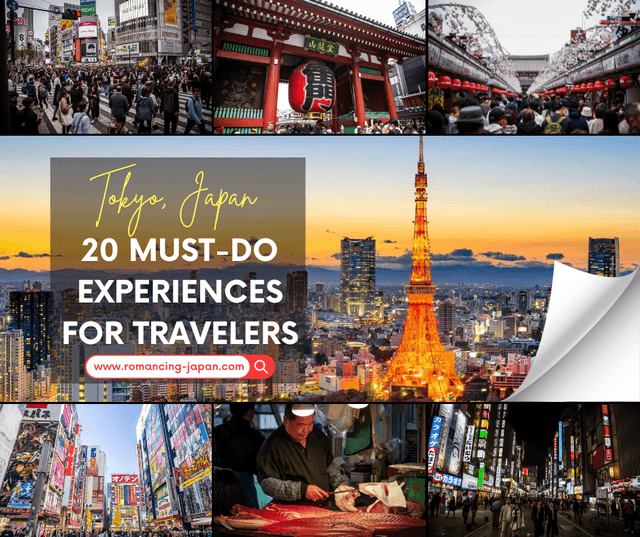
Tokyo Favorites: 20 Must-Do Experiences for Travelers
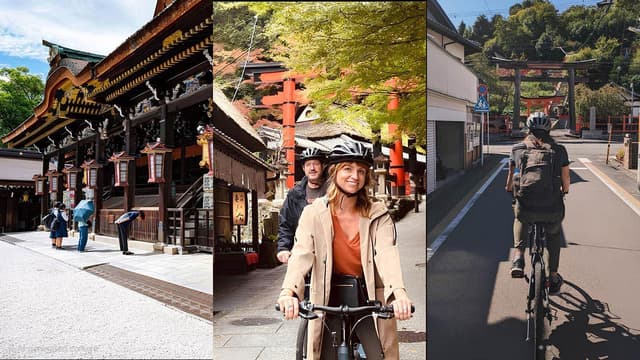
Kyoto Bike Tours: Discover the City’s Hidden Gems with Noru
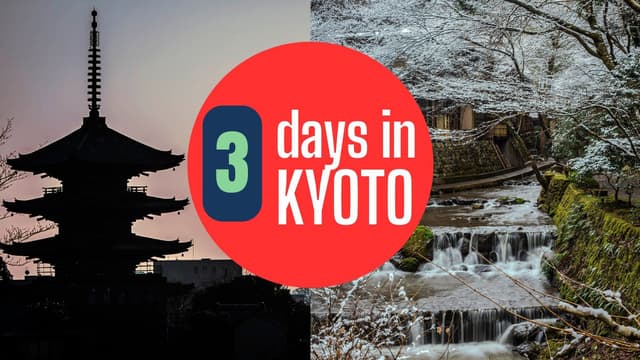
Kyoto 3-Day Itinerary: Best Things to Do for First-Time Visitors
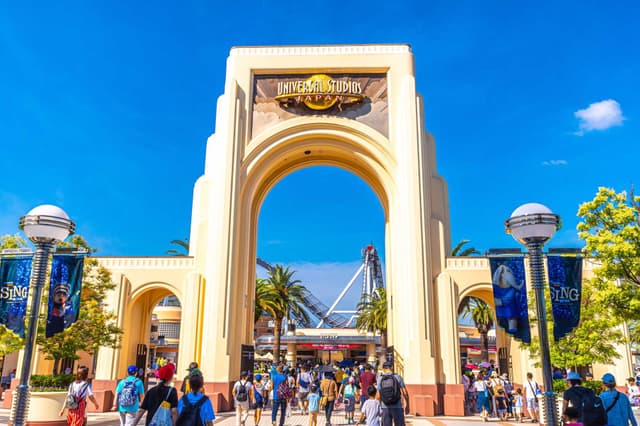
Universal Studios Japan Tickets: Your Guide to Visiting USJ
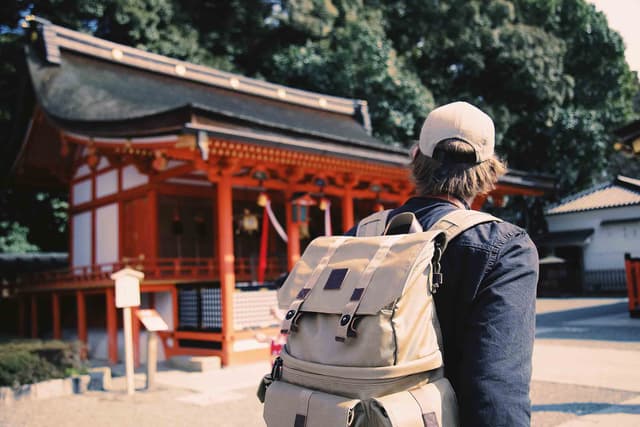
Find Out What Japan Really Thinks of Foreign Tourists
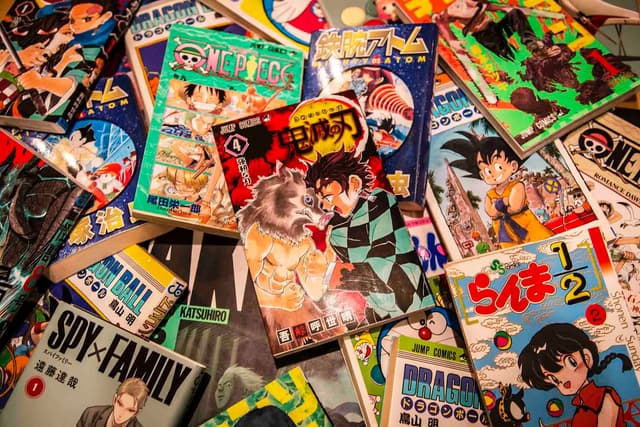
Manga Explained: Top Recommendations for Beginners
4. Peak vs Off-Peak Travel Periods in Japan
Japan offers different experiences throughout the year. Your trip's timing can make a huge difference to your experience and costs. Let's look at the best time of year to go to Japan based on your priorities and budget.

4.1. What Months are the Most Expensive in Japan?
Peak tourist seasons are you usually the time where prices in Japan rise. These peak seasons happen because of some of Japan's most popular holiday periods.
Japan has 16 national holidays. These holiday periods vary in length and they are regulated by the Public Holiday Law. However, as a tourist in Japan, there are a few important periods that you should be aware of...
| Peak Season | Time of Year | What You Need to Know |
| Cherry Blossom Season | late March - early April | This draws large domestic and international crowds. People often book hotels very early to prepare for this time of year. Hotels usually increase their prices. If you leave it too late, you might not find a place to stay in places like Kyoto where sakura viewing is popular. |
| Golden Week (national holiday) | end of April - early May | Golden Week is the longest national public holiday of the year. Many Japanese families choose this time to take a vacation. Because of increased domestic travel, hotel prices can increase dramatically. Also, airplane ticket prices jump in cost. So, avoid domestic air travel during this time if you are watching your budget. |
| Obon (national holiday) | Mid-August | This holiday honors the spirits of deceased family and ancestors. Families will travel across the country to spend time together or return to their hometown. Travel prices will usually increase at this time. |
| New Year (national holiday) | January 1st - January 3rd | The New Year holiday in Japan is a time when family come together. Most businesses shut down from January 1st to January 3rd. However, some family businesses will stay closed even longer. This holiday may affect possible travel plans. |

4.2. Low Season Opportunities for Budget Travelers
January and February are perfect for budget travelers. You'll find much cheaper flights and rooms during winter. Major cities like Tokyo enjoy clear skies - perfect conditions for exploring Japanese cities and taking photos.
June in Japan starts to get hot and sticky with the rainy season. However, it lets you discover Japan's hidden gems without the tourist crowds. The rainy season might not sound appealing, but local festivals and traditions show you a different side of Japanese culture.
5. Planning Around Japanese Holidays and Festivals
The right timing can make or break your trip to Japan. The country's holiday schedule shapes travel experiences all year round, affecting everything from hotel availability to the atmosphere at popular sightseeing spots.

5.1. Festival Seasons in Japan: Matsuri Events You Can't Miss
Matsuri (祭り), Japan's traditional festivals, are the heart of Japanese culture. The country celebrates 100,000 to 300,000 festivals yearly. These events generate 530 billion yen for the economy.
Popular festivals you shouldn't miss:
- Gion Matsuri in Kyoto City (July)
- Aomori Nebuta Matsuri in Aomori Prefecture (August)
- Tokushima Awa Odori in Tokushima Prefecture (August)
- Konomiya Hadaka Matsuri (the Naked Man Festival) in Aichi Prefecture (February/March - depending on the year)
5.2. School Vacation Periods and Their Impact on Travel
Japan's school holidays drive domestic travel patterns. The academic year has three main breaks:
- Summer vacation: July 20 to August 31 (40-day period)
- Winter break: December 26 to January 6
- Spring school holidays: March 25 to April 5
Hokkaido's winter break runs longer than other regions, from December 22 to January 18. This difference affects tourism in Japan's northern island, particularly in cities like Sapporo.
Finding the best time to visit Japan needs smart planning around these holidays. Festivals bring unique cultural experiences but also mean more domestic travelers and higher hotel rates. Tourist attractions stay open during holidays, but you'll see bigger crowds.
These patterns help you plan better travel dates. You might want to visit just before or after major holidays to enjoy similar experiences with fewer crowds and better prices.
6. Budget Considerations by Season in Japan
Smart travelers know that timing affects how much a Japanese adventure costs. The right season can help visitors save money and still experience Japan's best attractions, from the neon-lit streets of Tokyo to the tranquil gardens of Kyoto.
6.1. Best Deals for Flights and Accommodations in Japan
Japan is cheapest to visit between January and early March. Both flights and hotels hit their lowest prices then. Statistics show September has the cheapest flights from the United States, with round-trip tickets around $800.
You can save money by:
- Booking business hotels that include breakfast buffets
- Trying capsule hotels in cities (¥3,000-5,000 per night)
- Looking at vacation rentals if you stay over a week (from ¥5,000 per property)
6.2. Money-Saving Travel Tips for Japan
Smart planning helps stretch your budget whatever the season. The tsuyu (rainy season) from June to mid-July is a chance to see popular spots without crowds and pay less too.
Your money goes further if you stay a few train stations outside city centers. Many places offer extras that help cut costs:
- Free bike rentals
- Shuttle bus services
- Breakfast included
- Points programs
Business hotels work great for two travelers. Their prices stay steady all year and often include breakfast. Chains like Route Inn, APA Hotel, and Toyoko Inn keep similar rates even during busy seasons in popular cities like Tokyo, Osaka, and Fukuoka.

7. Choosing Your Perfect Time to Visit Japan
The perfect time to visit Japan depends on what you want from your trip. Smart travelers match their interests with what each season brings to create their dream Japanese adventure, whether it's experiencing the vibrant culture of Tokyo or the natural beauty of Hokkaido.
7.1. Activity-Based Timing Recommendations for Japan
Year-round activities in Japan can boost any travel experience. The country welcomes over 25 million visitors annually who come for various adventures. Here's when to plan specific activities:
Outdoor Adventures:
- Spring (March-May): Hiking, Sakura Viewing
- Summer (June-August): Mountain Climbing, Beach Activities
- Fall (September-November): Trekking, Koyo Viewing
- Winter (December-February): Skiing, Hot Springs
Cultural Experiences: Festivals happen throughout the year. Major celebrations draw millions of visitors. The Kaiko Kinenbi in June and the Warai Festival in October are great ways to learn about Japanese culture.
7.2. Personal Preference Factors: Weather, Crowds, and Budget
Your travel timing should reflect what matters most to you:
Weather Tolerance: Japanese regions see temperature variations from -41°C to +41°C. You should think about how well you handle:
- Summer humidity and heat
- Winter cold and snow
- Spring and fall temperature shifts
Budget Considerations: Travel costs change substantially by season. Hotel rooms that cost ¥6,000 in low season can double to ¥12,000 during peak times. Money-smart travelers often choose:
- January-March for lowest rates
- Shoulder seasons for balanced value
- Non-festival periods for better deals
Crowd Preferences: Some people love busy atmospheres, while others want peace and quiet. February's Sapporo Snow Festival draws huge crowds. September tends to be quieter, offering more sunny days for sightseeing.
Time Flexibility: Flexible schedules let you take advantage of:
- Off-peak travel periods
- Last-minute accommodation deals
- Seasonal price variations
- Extended regional experiences
Your ideal time to visit Japan comes down to how these factors match your travel goals. Whether you're after cultural experiences, natural beauty, or specific activities, understanding these elements helps create your perfect trip.
Loading Comments...

James Saunders-Wyndham
I've been immersed in Japanese culture and daily life for over 30 years and am proud to call Japan my home. Originally from Australia, my journey has taken me from teaching at Japanese universities to traveling extensively across the country, uncovering its hidden gems. As a web developer, I built Romancing Japan from the ground up to share these experiences with you. Whether it's the charm of old Kyoto, the pulse of Tokyo, or the tranquility of the countryside, I love helping others discover the magic of Japan—one story at a time.
Popular Articles
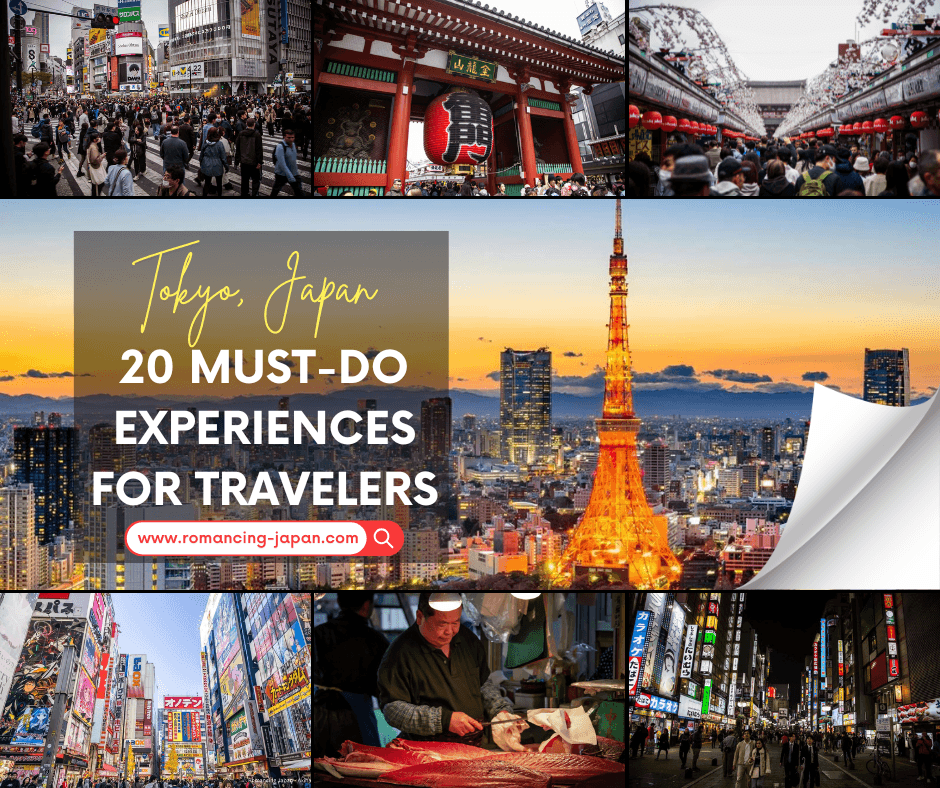
Tokyo Favorites: 20 Must-Do Experiences for Travelers
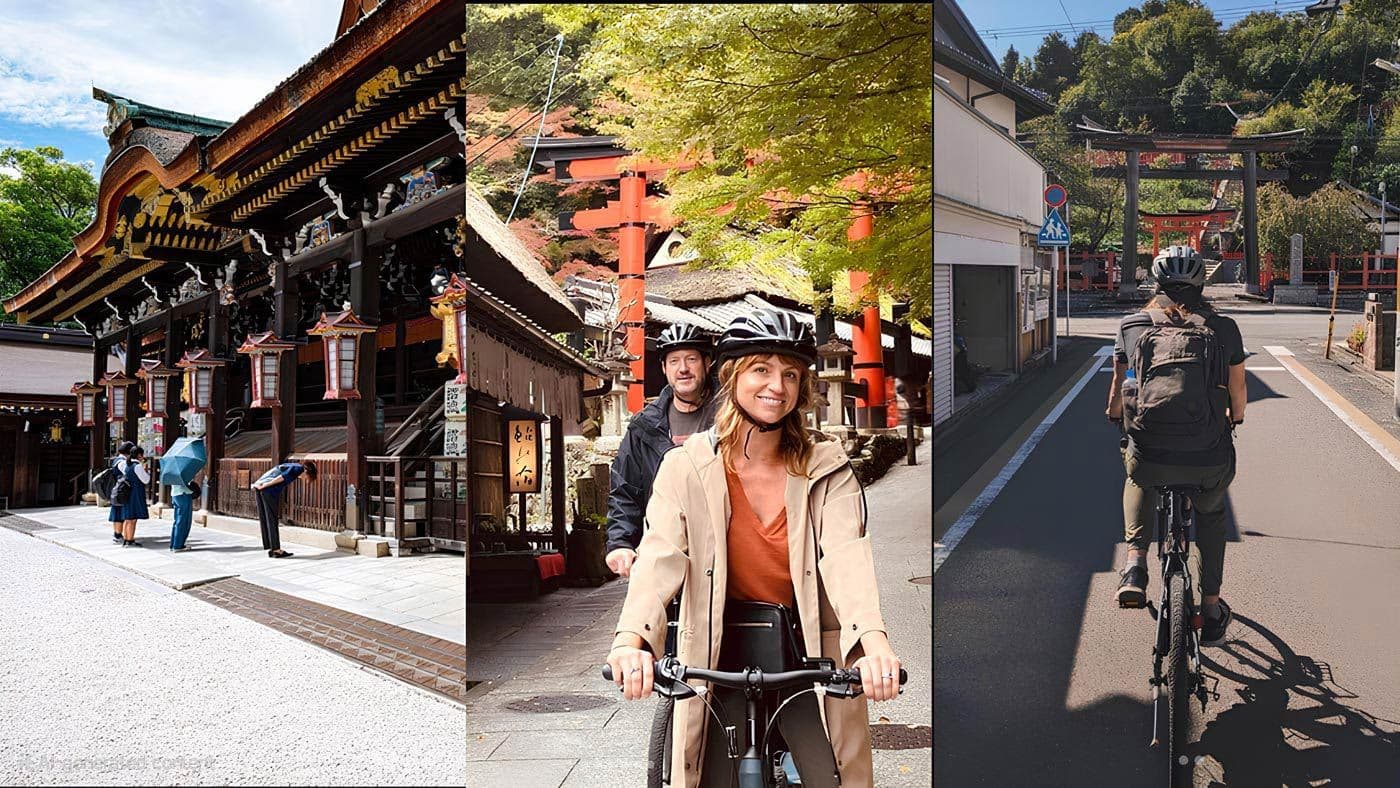
Kyoto Bike Tours: Discover the City’s Hidden Gems with Noru
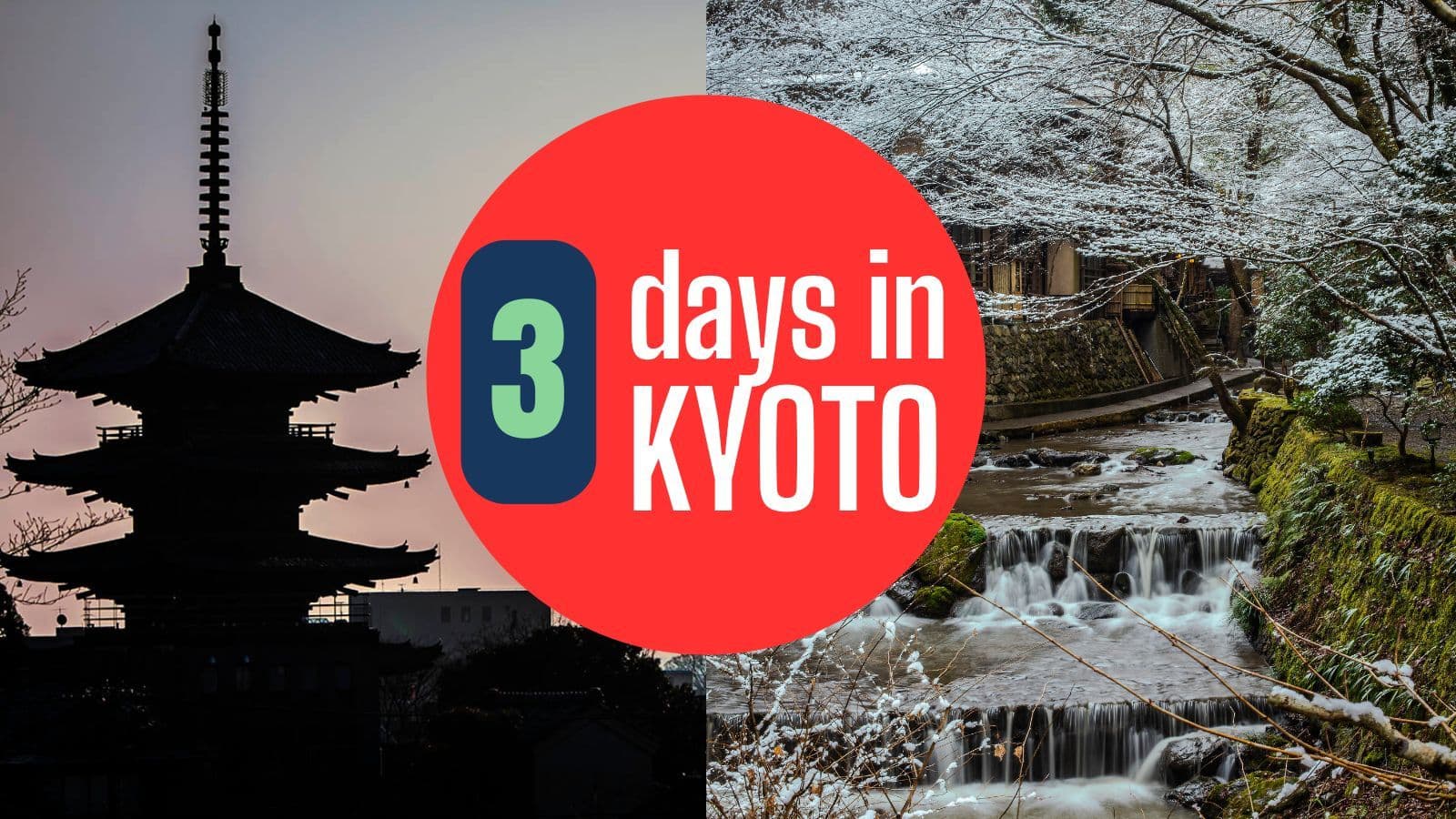
Kyoto 3-Day Itinerary: Best Things to Do for First-Time Visitors
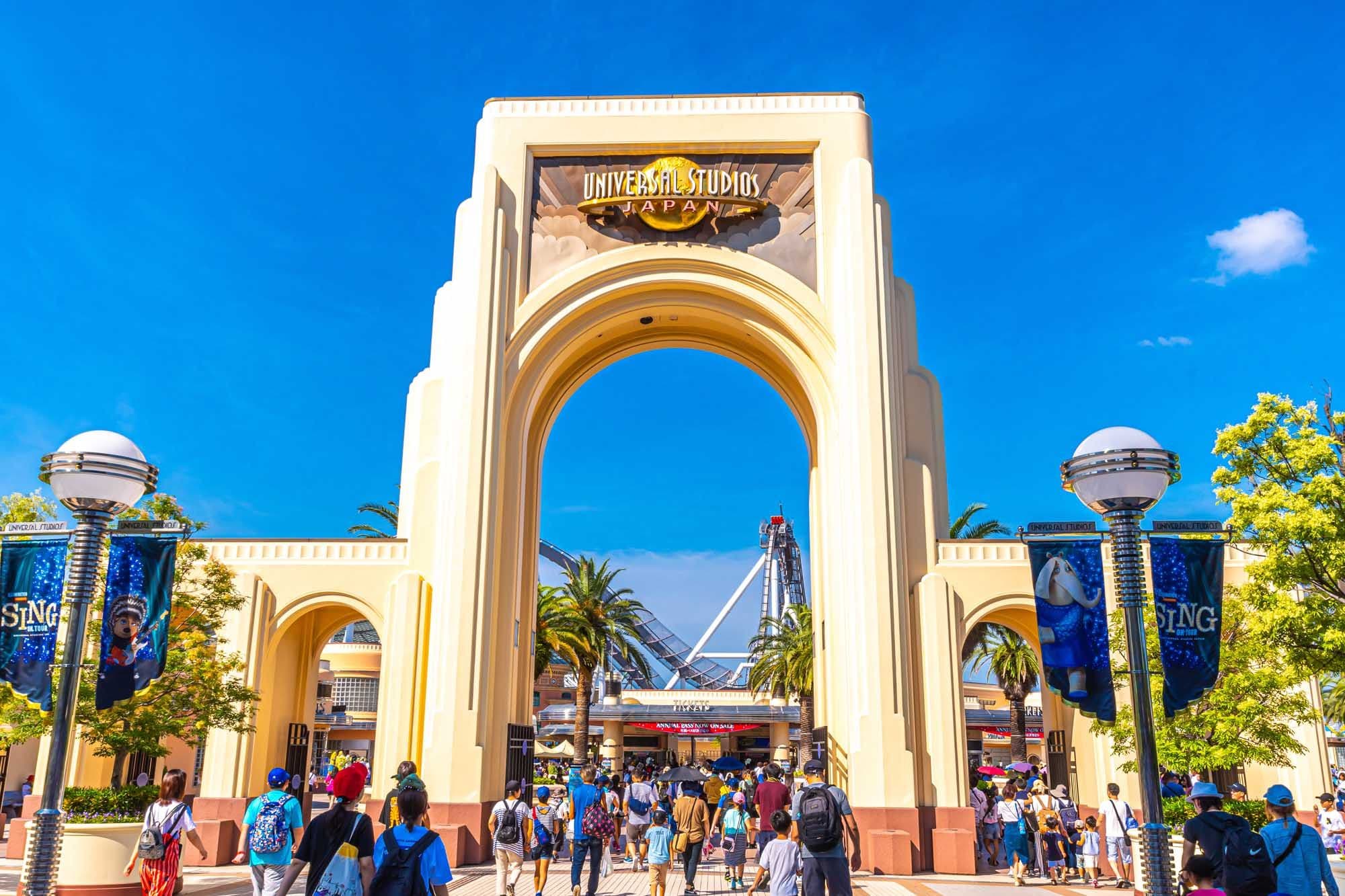
Universal Studios Japan Tickets: Your Guide to Visiting USJ
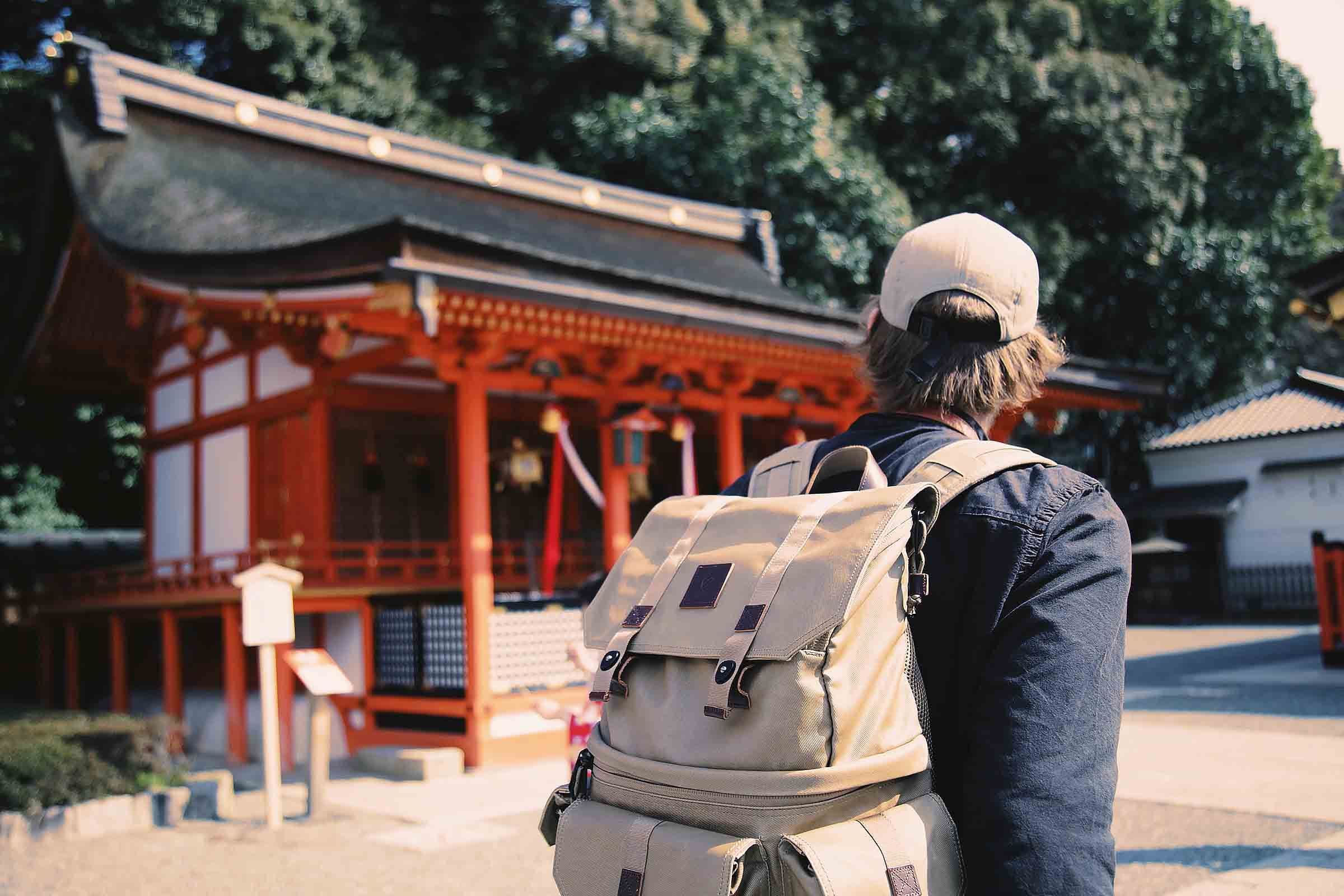
Find Out What Japan Really Thinks of Foreign Tourists

